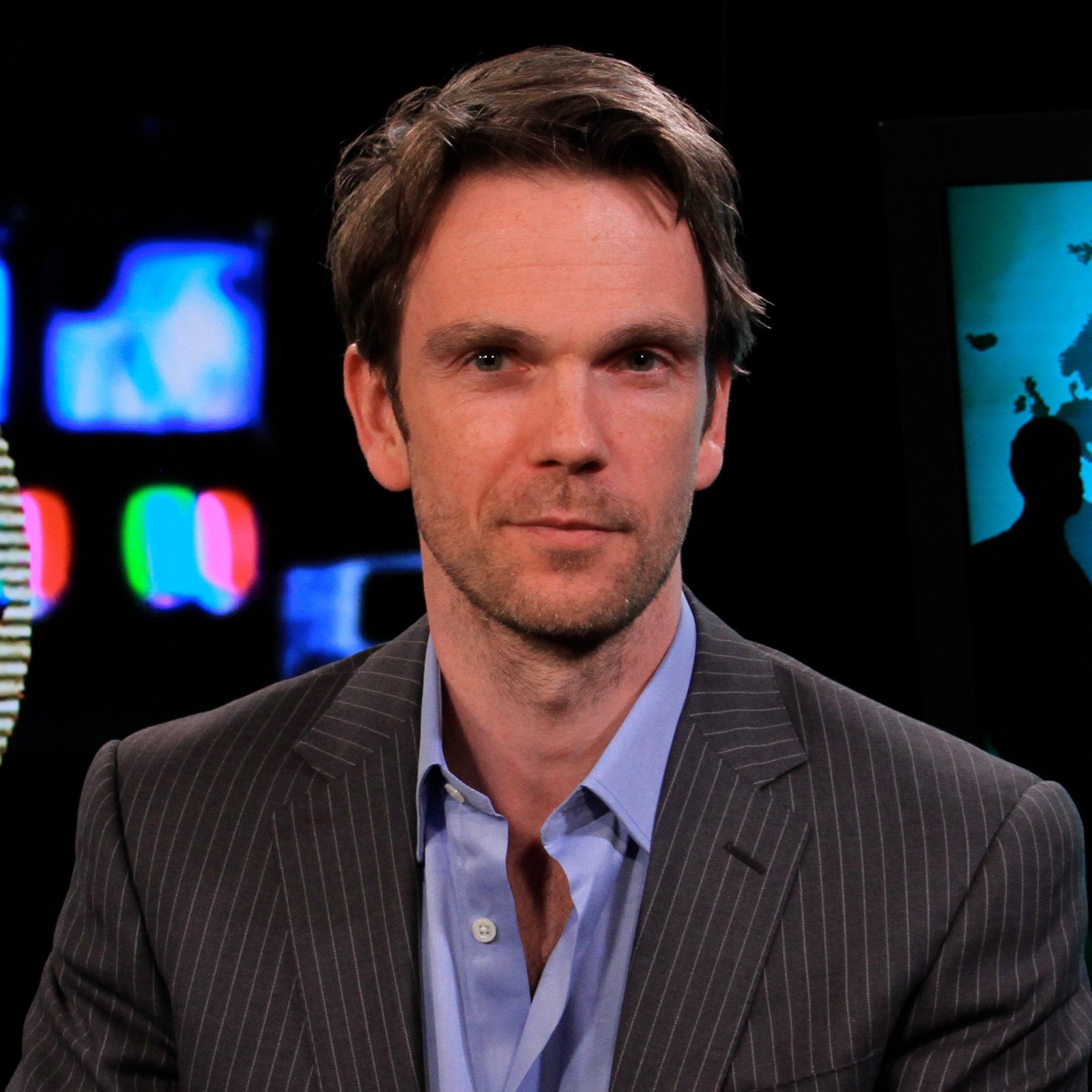The Lip News
Episode 28
Exploring the Secret Pagan Roots of Halloween and the Tradition of Trick-Or-Treating
Halloween expert and anthropology Professor Dr. Wendy Fonarow explores the fascinating world of America’s most widely celebrated unofficial holiday. Among the topics covered are Halloween’s pagan origins that were eventually adopted by the church, how costumes and trick-or-treating evolved, plus the huge role pets now play in the celebration.
“People often think of it as being anti-religious, but the name itself is a contraction of All Hallow’s Eve, and this is a recognized holiday in the church,” Wendy explains.
“It’s from an original pagan practice – actually not just one – but all over Europe you had pre-Christian traditions. And when the church was solidifying its power, it made a really savvy move, instead of outlawing indigenous traditions, what they would do is instead baptize them.”
For example, Wendy said the church altered the practice of people celebrating their dead relatives, instead shifting the focus to celebrate the Sainted dead, which is how All Hallow’s Eve came to be.
She explains further that the original All Hallow’s Eve was established in the springtime during the 7th century under Pope Gregory I in southern Europe, but about 230 later the holiday was moved to the current October 31 date to accommodate northern Europe’s Festival of the Dead when the church moved.
“Because the dead were thought to be out walking, it was thought that other supernatural beings could take advantage of this time and basically get up to no good. At the same time, you wanted to light the way for the dead to make it to their final destinations. So there would be village fetes and bonfires, and people would go door-to-door basically asking for contributions for the village feast.”
When the people were parading around during this time, many began to obscure their face with soot or masks to be unrecognizable to evil spirits and this eventually evolved into dressing up themselves as scary spirits, Wendy said.
She also explains the significance of Guy (Guido) Fawkes - a mercenary thought responsible for Britain’s Gunpowder Plot of 1605, a failed secret plot to overthrow the king. “In England it’s celebrated with bonfires, people will build effigies of Guy and of Pope, and other figures that have anti-social sentiments. A couple of years ago in Essex, they did a giant Lance Armstrong effigy that they burned up.”
She said it’s also interesting that in the last couple of decades, Guy Fawkes has also entered into the American consciousness, referring to the famous mask used in popular culture and as a symbol for the Occupy Wall Street movement.
Wendy explains what she learned about the origins of the modern day trick-or-treating tradition while writing a Master’s Thesis on the subject. “In looking at anthropology, you see that over time rituals change. And in changing over time, they reflect the needs and thought processes of the local population.
“I wanted to see what was going on that children were doing trick-or-treating in the earliest incarnations. And going door-to-door was basically threatening people to give you things – it was actually neighbors with neighbors.”
She says the one constant theme that emerged from her exhaustive research was that Halloween has a long, interesting history that has taken many different forms over the centuries.
Watch the full interview to hear more about Halloween’s haunted history, to learn how the Mexican holiday of Day of the Dead (Dia de los Muertos) is celebrated today, and for a discussion about the psychology behind the rise of crazy pet costumes.



Comments